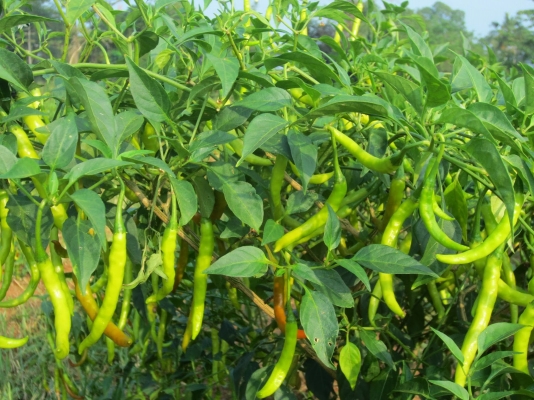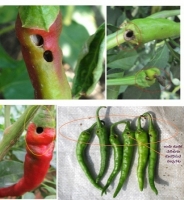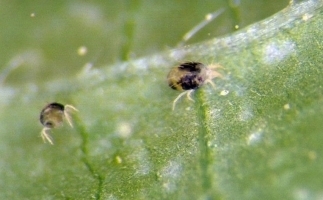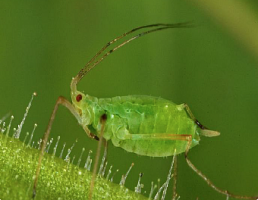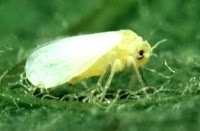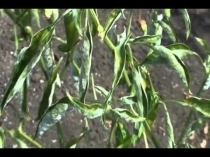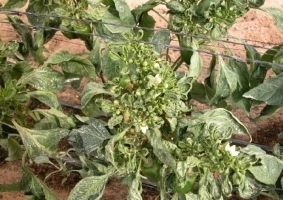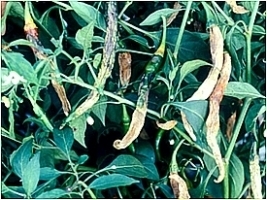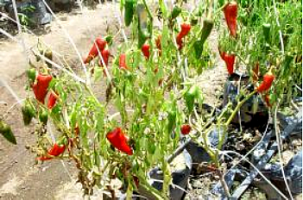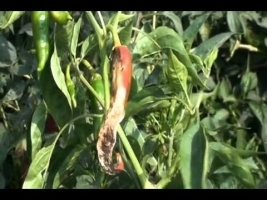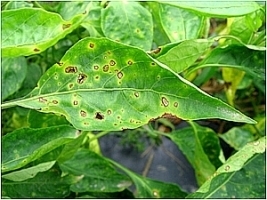CH-1: It is developed by PAU, Ludhiana. Plants are medium tall with medium size light green fruits turning deep red on ripening. Fruits are highly pungent and attractive. Tolerant to fruit rot and wet rot. It gives average yield of 96qtl of red chilli/acre.
CH-3: It is developed at PAU, Ludhiana. Fruit length more than CH-1. Capsicum content 0.52%. It gives average yield of 105qtl of red chilli/acre.
CH-27: Plants are tall and continue to bear fruits for a long time. Fruits are medium long (6.7 cm), thin skinned, light green when immature and deep red when mature. It is resistant to leaf curl virus, fruit rot and root knot nematodes and tolerant to sucking pests such as mite. Average yield of red ripe fruits is 96 qtl/ acre.
Punjab Sindhuri: Plants are dark green, compact and medium tall. It is an early maturing variety and first picking (red fruits) is possible 75 days after transplanting. Fruits are long (7.14cm), thick skinned, dark green when immature and deep red when mature. Average yield of red ripe fruits is 70-75 qtl/acre.
Punjab Tej: Plants are light green, spreading and medium tall. It is an early maturing variety and first picking (red fruits) is possible 75 days after transplanting. Fruits are long (6.80cm), thin skinned, light green when immature and deep red when mature. Average yield of red ripe fruits is 60 qtl/acre.
Punjab Surkh: This variety has dark green color leaves having long fruits of 7cm. Fruits are green when immature but turns dark red at maturity. It is used for making salad and for drying purposes. It is resistant to fruit rot and mosaic virus. It gives average yield of 80 qtl per acre.
Pusa Jwala: Plants are dwarf, bushy, light green. Fruits are 9-10 cm long, light green, highly pungent, fairly tolerant to thrips and mites. Average yield of 34 qtl/acre (green) and 7 qtl/acre (dry).
Pusa Sadabahar: Plants are erect, perennial (2-3 years), 60-80 cm tall, fruits are 6-8cm long, born in clusters with 6-14 fruits/cluster, ripe fruits dark red, highly pungent, resistant to CMV, TMV and leaf curl complex, first picking in 75-80 days after transplanting. Average yield of 38 qtl/acre (green) and 8 qtl/acre (dry).
Arka Meghana: High yielding hybrid with resistant to powdery mildew and viruses. Fruits are of length 10.6cm and width 1.2 cm. Fruits are dark green and turn to red on maturity. Gives average yield of 134 qtl/acre green chilli and 20 qtl/acre dry chilli.
Arka Sweta: High yielding hybrid for fresh market. Suitable for cultivation in kharif and rabi seasons under irrigated conditions. Fruits length is 11-12 cm, width 1.2-1.5 cm. They are smooth and medium pungent. Fruits are light green and turn red at maturity. Tolerant to viruses. Yield 132 qtl/acre (fresh) and 20 qtl/acre (dry).
Kashi Early: Plants of are tall (100-110 cm height) without nodal pigmentation on dull green stems and bear pendant fruits. Fruits are long (8-9 x 1.0-1.2 cm), attractive, dark green and turn bright red at physiological maturity, pungent with smooth surface. First picking of the green fruits starts at about 45days after transplanting. Average yield of this hybrid is 100 qtl/acre (red ripe).
Kashi Surkh: Plants are semi determinate (1-1.2 m), erect and nodal pigmentation on stem. Fruits are light green, straight, length 11-12 cm, suitable for green as well as red fruit production. First harvest starts after 55 days of transplanting. Green fruit yield is 100qtl/acre.
Kashi Anmol: Plants are determinate, dwarf (60-70 cm) with nodal pigmentation on stem and bear green attractive pendant fruits. First picking starts from 55 days after transplanting. It gives average yield of 80 qtl/acre.
Pant C-1: This variety is easily distinguishable from the other varieties because of the fact that it has upright fruiting pods. The pods are highly pungent, relatively small in size, broader at the base and narrow towards the tip. It is moderately resistant to mosaic and leaf curl virus. The green pod yield of this variety is 32 qtl/acre. The dry pod yield is about 6 qtl/acre.
Punjab Gucchedar: Released in 1995. It has small fruits, and in bunches. Suitable for canning purpose. It gives an average yield of 60qtl/acre.
Other state varieties:
Kashi Vishwanath
Sankeshwar: Mild flavour, long and red color variety. It is suitable for export.
Byadgi (Kaddi): Mild flavour, long and bright red color variety.
Dabbi: Mild flavour, long and thick blackish variety.

